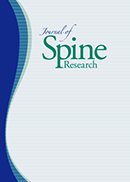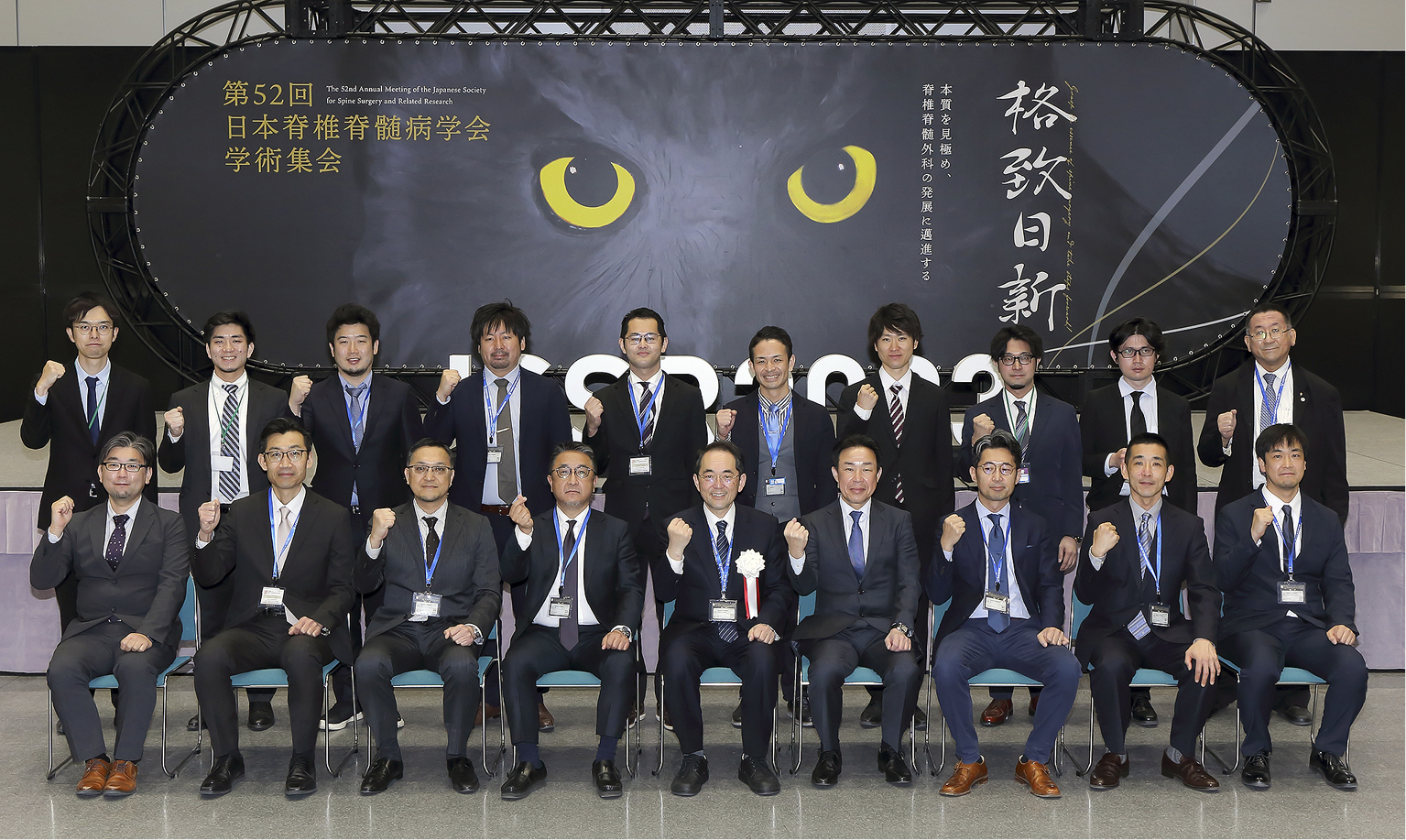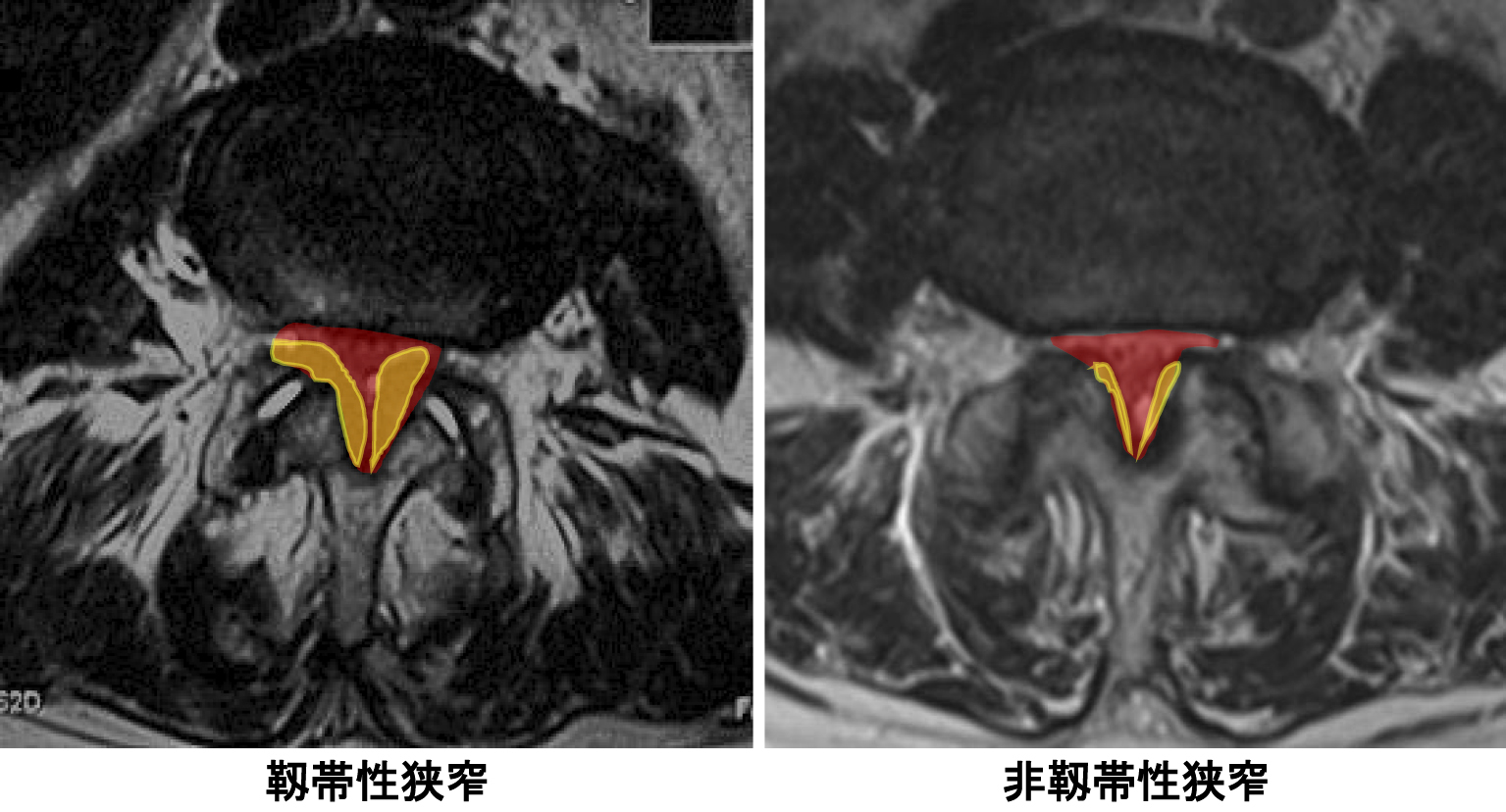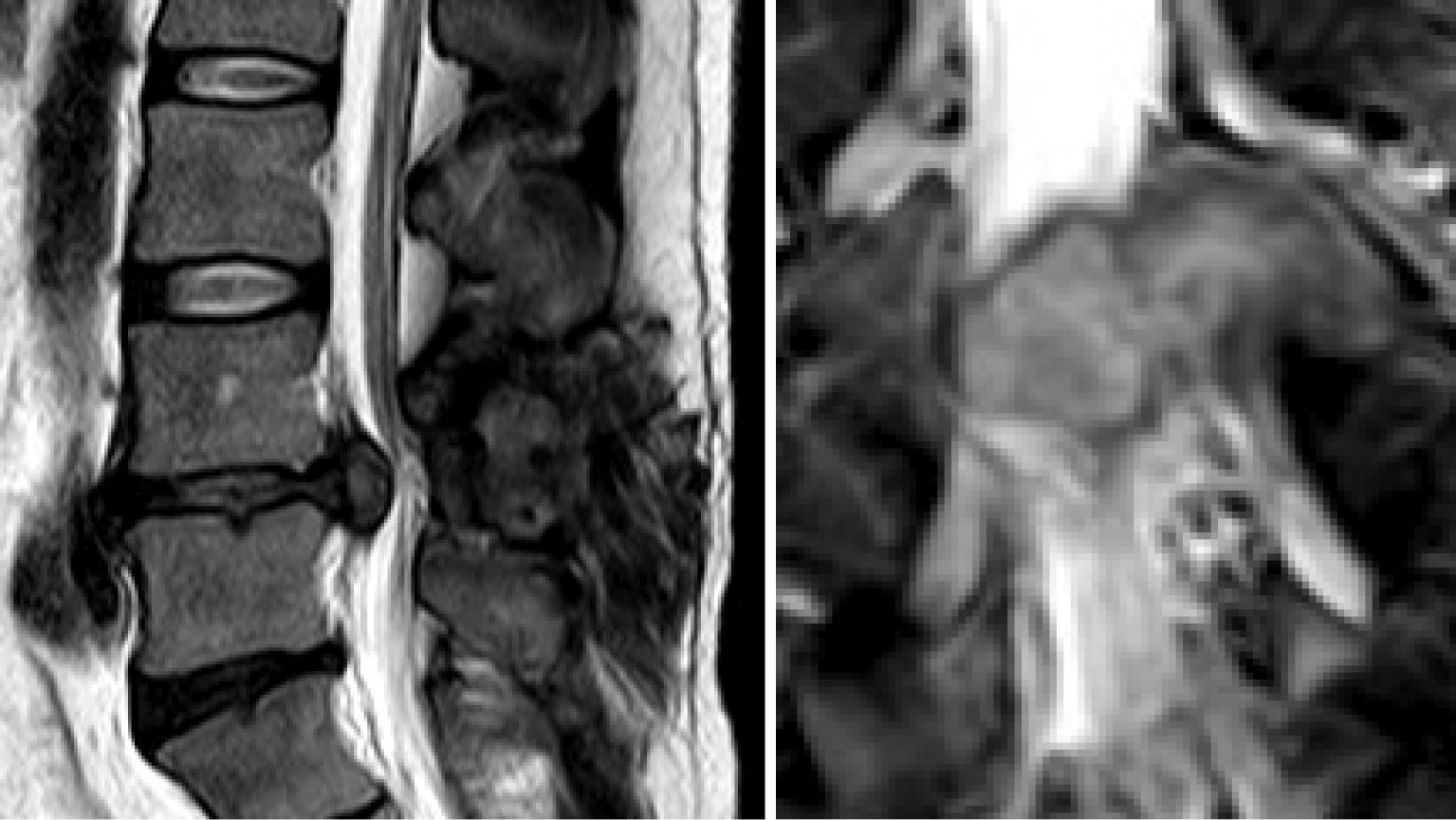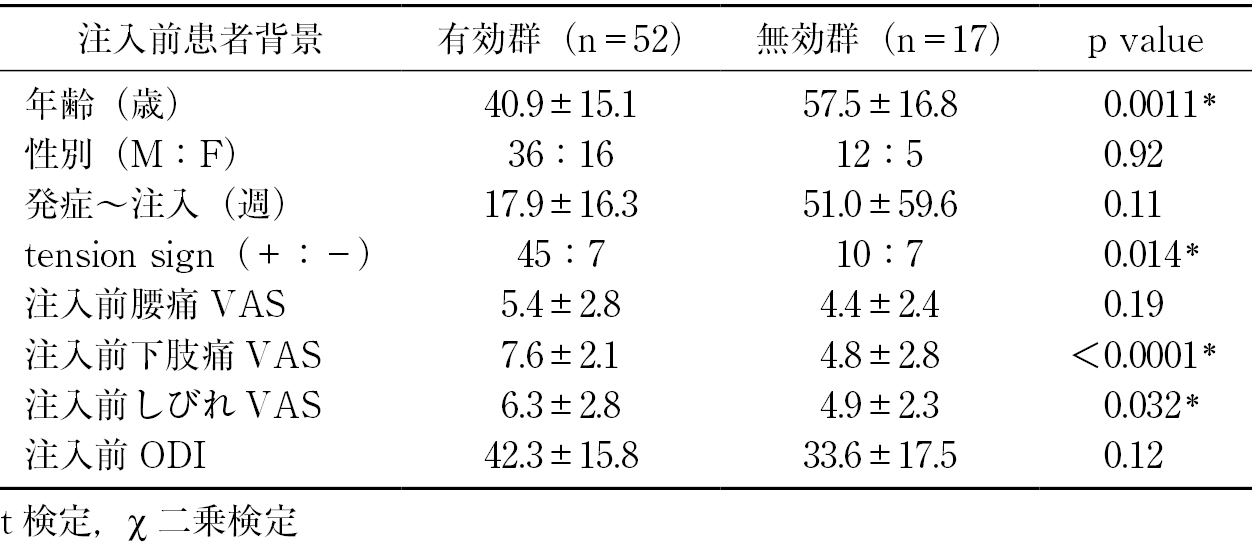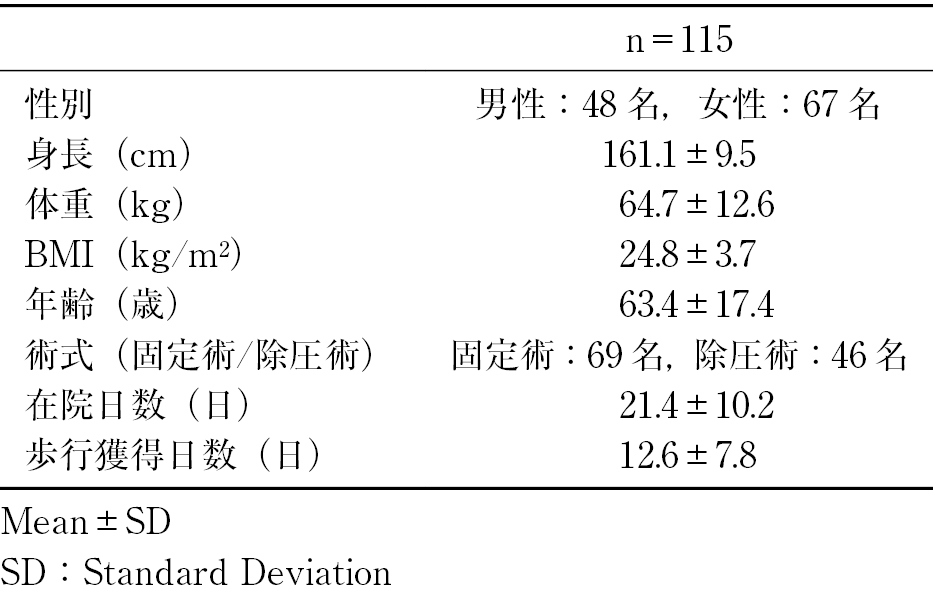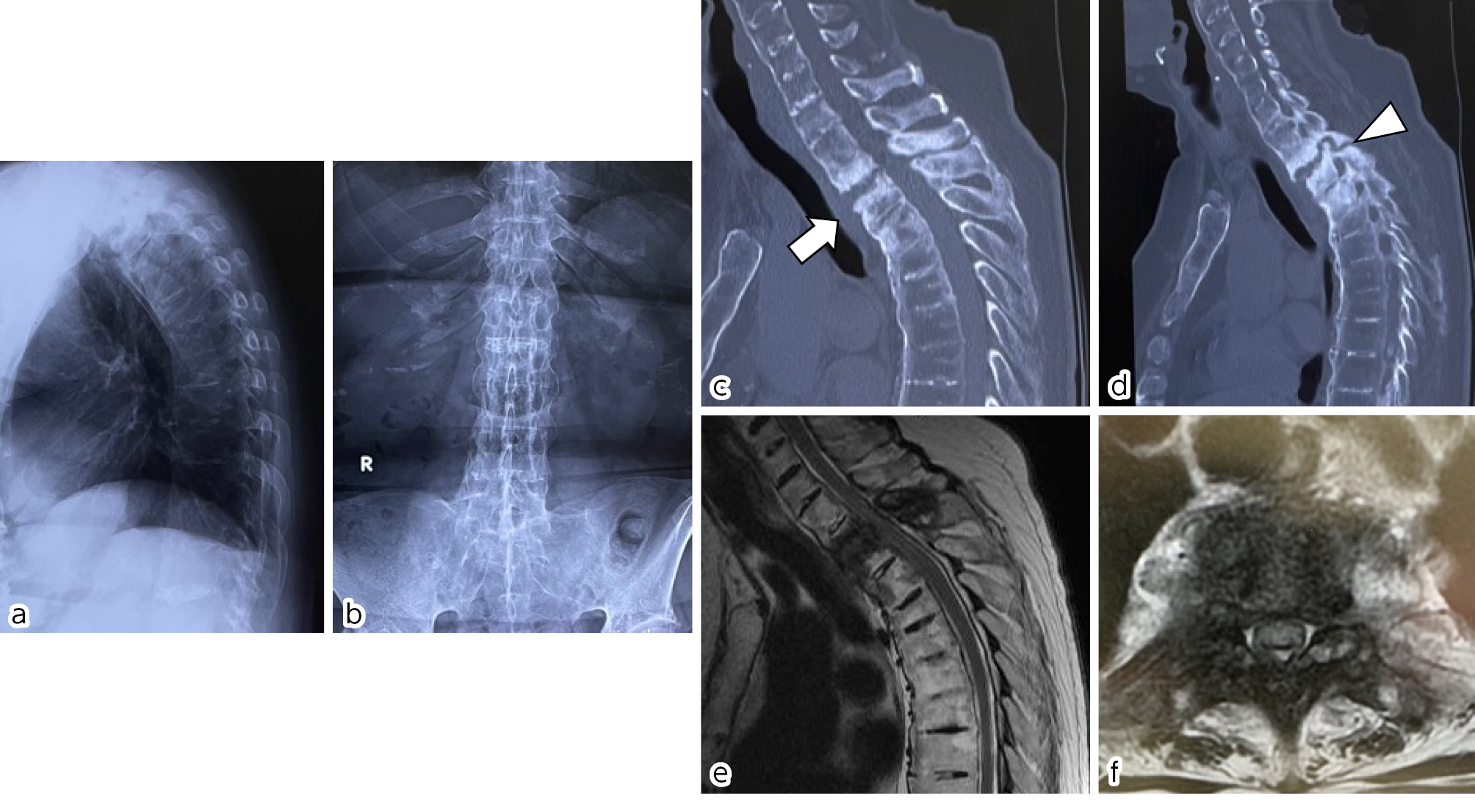Volume 14, Issue 9
Displaying 1-13 of 13 articles from this issue
- |<
- <
- 1
- >
- >|
Editorial
-
2023 Volume 14 Issue 9 Pages 1181-1183
Published: September 20, 2023
Released on J-STAGE: September 20, 2023
Download PDF (813K)
Original Article
-
2023 Volume 14 Issue 9 Pages 1184-1191
Published: September 20, 2023
Released on J-STAGE: September 20, 2023
Download PDF (1383K) -
2023 Volume 14 Issue 9 Pages 1192-1196
Published: September 20, 2023
Released on J-STAGE: September 20, 2023
Download PDF (920K) -
2023 Volume 14 Issue 9 Pages 1197-1203
Published: September 20, 2023
Released on J-STAGE: September 20, 2023
Download PDF (1225K) -
2023 Volume 14 Issue 9 Pages 1204-1212
Published: September 20, 2023
Released on J-STAGE: September 20, 2023
Download PDF (2607K) -
2023 Volume 14 Issue 9 Pages 1213-1218
Published: September 20, 2023
Released on J-STAGE: September 20, 2023
Download PDF (1048K) -
2023 Volume 14 Issue 9 Pages 1219-1224
Published: September 20, 2023
Released on J-STAGE: September 20, 2023
Download PDF (1669K) -
2023 Volume 14 Issue 9 Pages 1225-1233
Published: September 20, 2023
Released on J-STAGE: September 20, 2023
Download PDF (1278K) -
2023 Volume 14 Issue 9 Pages 1234-1238
Published: September 20, 2023
Released on J-STAGE: September 20, 2023
Download PDF (801K) -
2023 Volume 14 Issue 9 Pages 1239-1245
Published: September 20, 2023
Released on J-STAGE: September 20, 2023
Download PDF (1413K) -
2023 Volume 14 Issue 9 Pages 1246-1251
Published: September 20, 2023
Released on J-STAGE: September 20, 2023
Download PDF (973K) -
2023 Volume 14 Issue 9 Pages 1252-1259
Published: September 20, 2023
Released on J-STAGE: September 20, 2023
Download PDF (1444K)
Case Report
-
2023 Volume 14 Issue 9 Pages 1260-1265
Published: September 20, 2023
Released on J-STAGE: September 20, 2023
Download PDF (1452K)
- |<
- <
- 1
- >
- >|
